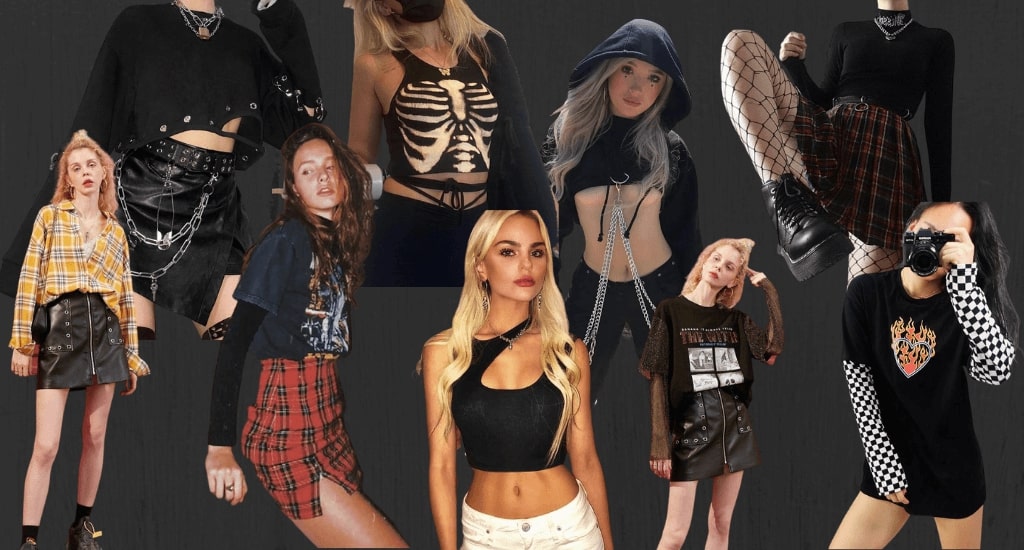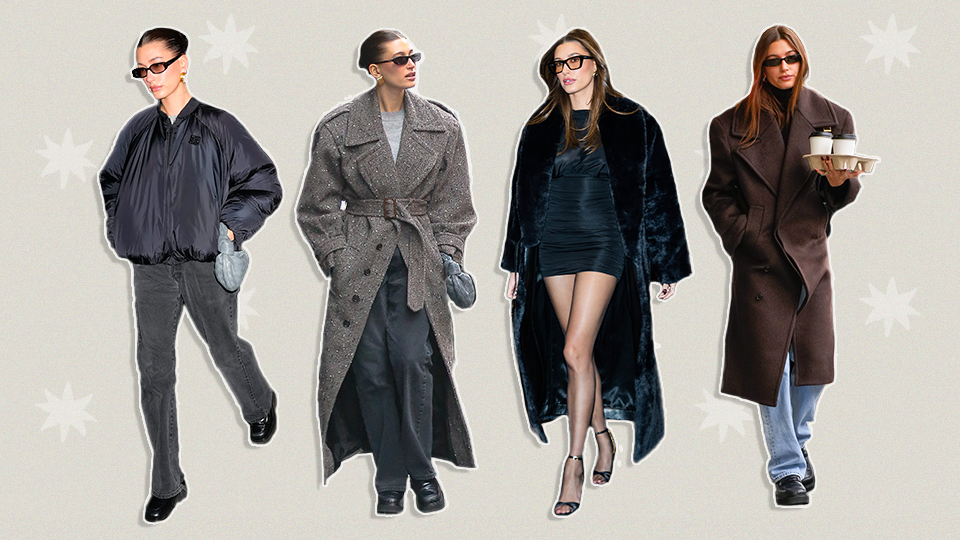
The grunge aesthetic, a hallmark of the early 1990s, continues to leave an indelible mark on fashion and music. Emerging from Seattle, Washington, this style was deeply intertwined with the city’s music scene, drawing inspiration from diverse subcultures and musical genres such as goth, punk, metal, and folk rock. Jonathan Poneman, founder of Sub Pop Records, coined the term “grunge” to describe the genre’s raw sound and style, saying it could have been defined by words like “sludge, grime, crud.”
The grunge aesthetic was not merely about making a bold fashion statement or projecting toughness. Instead, it embraced a raw and distorted sound characterized by its grittiness. Bands like Soundgarden, Pearl Jam, and Alice in Chains exemplified this musical style, becoming prominent figures in the genre. The aesthetic extended beyond music to fashion, incorporating elements of femininity with band members often donning baby tees, baby barrettes, and baby doll dresses with Peter Pan collars.
Seattle’s damp and gloomy climate heavily influenced the grunge aesthetic’s relaxed silhouette, soft fabrics, and layered clothing. This DIY ethos saw band members customizing their clothing with patches, pins, and unique designs. This distinctive style has had a lasting impact on fashion, with designers like Marc Jacobs and Anna Sui integrating grunge elements into their collections.
Grunge’s influence is unmistakable in music as well, with bands such as Nirvana and Pearl Jam leaving a lasting legacy. Over the years, the grunge aesthetic has been reimagined and reinterpreted by designers like Hedi Slimane and Chitose Abe. Celebrities including Rihanna, Miley Cyrus, and Gigi Hadid have popularized grunge-inspired outfits on the red carpet, further cementing its place in modern culture.
Robbie Sinclair, creative director at Fashion Snoops, describes the grunge aesthetic as “faintly fetishistic, romantic yet melancholic.” This sentiment reflects the enduring appeal of grunge in both fashion and music. The style continues to inspire designers like Matthieu Blazy and Sacai, who incorporate its elements into their collections.
“Kurt Cobain was the antithesis of the macho American man.” – Alex Frank
Kurt Cobain, a figurehead of the grunge movement, challenged traditional gender norms through his music and style. As Alex Frank notes, Cobain was “an avowed feminist” who confronted gender politics in his lyrics. At a time when body-conscious silhouettes dominated fashion, he made it cooler to appear slouchy and loose regardless of gender. Frank also highlights that Cobain continues to represent a romantic ideal for many women.
“He was an avowed feminist and confronted gender politics in his lyrics. At a time when a body-conscious silhouette was the defining look, he made it cooler to look slouchy and loose, no matter if you were a boy or a girl. And I think he still represents a romantic ideal for a lot of women.” – Alex Frank
The essence of grunge is captured in Bernadine Morris’s description of its typical outfit as if “put together with eyes closed in a very dark room.” This seemingly haphazard yet intentional approach to fashion embodies the spirit of grunge.
“a typical outfit looks as if it were put together with eyes closed in a very dark room.” – Bernadine Morris
Sinclair notes that while new iterations of grunge may appear more refined or even sensual, they maintain the original ethos of self-expression rather than focusing on sexuality.
“We’re seeing new iterations of horrendous dressing, but it feels much sexier. But it’s not about sex. It’s about having ownership of one’s body.” – Sinclair
The influence of grunge extends beyond fashion and music into streetwear, with brands like Supreme and Stussy incorporating its elements into their designs. This cross-pollination of styles speaks to the adaptability and enduring nature of grunge.
Gen Z has played a significant role in reviving and reinventing the grunge aesthetic. Sinclair observes that this generation skillfully combines favorite elements of past subcultures to create something entirely new that resonates with millennials’ nostalgia for their formative years.
“Gen Z has this incredible knack for taking favorite elements of subcultures and aesthetics, then they fuse them together to create something entirely new that feels nostalgic for millennials. It brings a new flavor to the parts of our past that we cherish as our wonder years.” – Sinclair
Featured image courtesy of Cosmique Studio





Leave a Reply